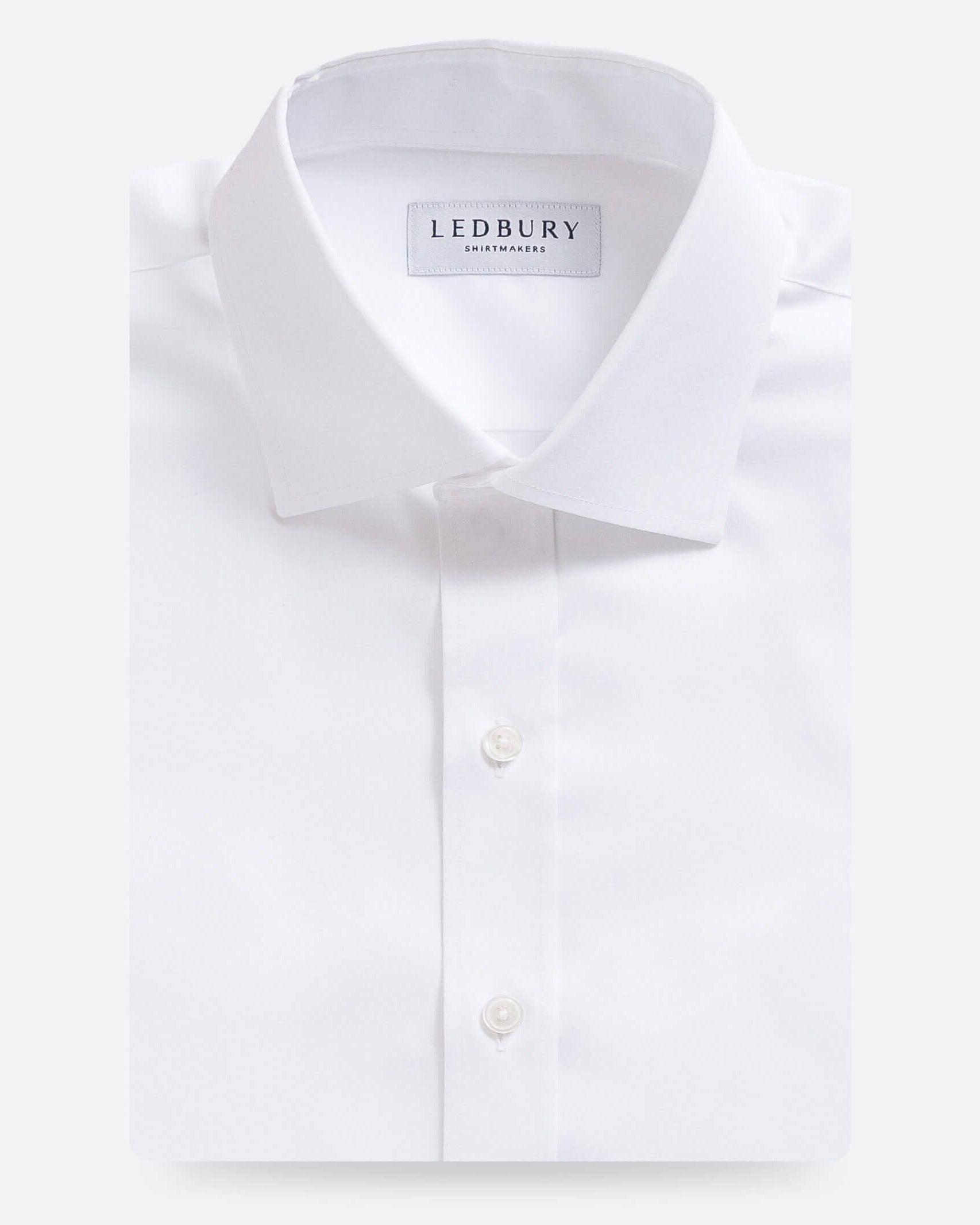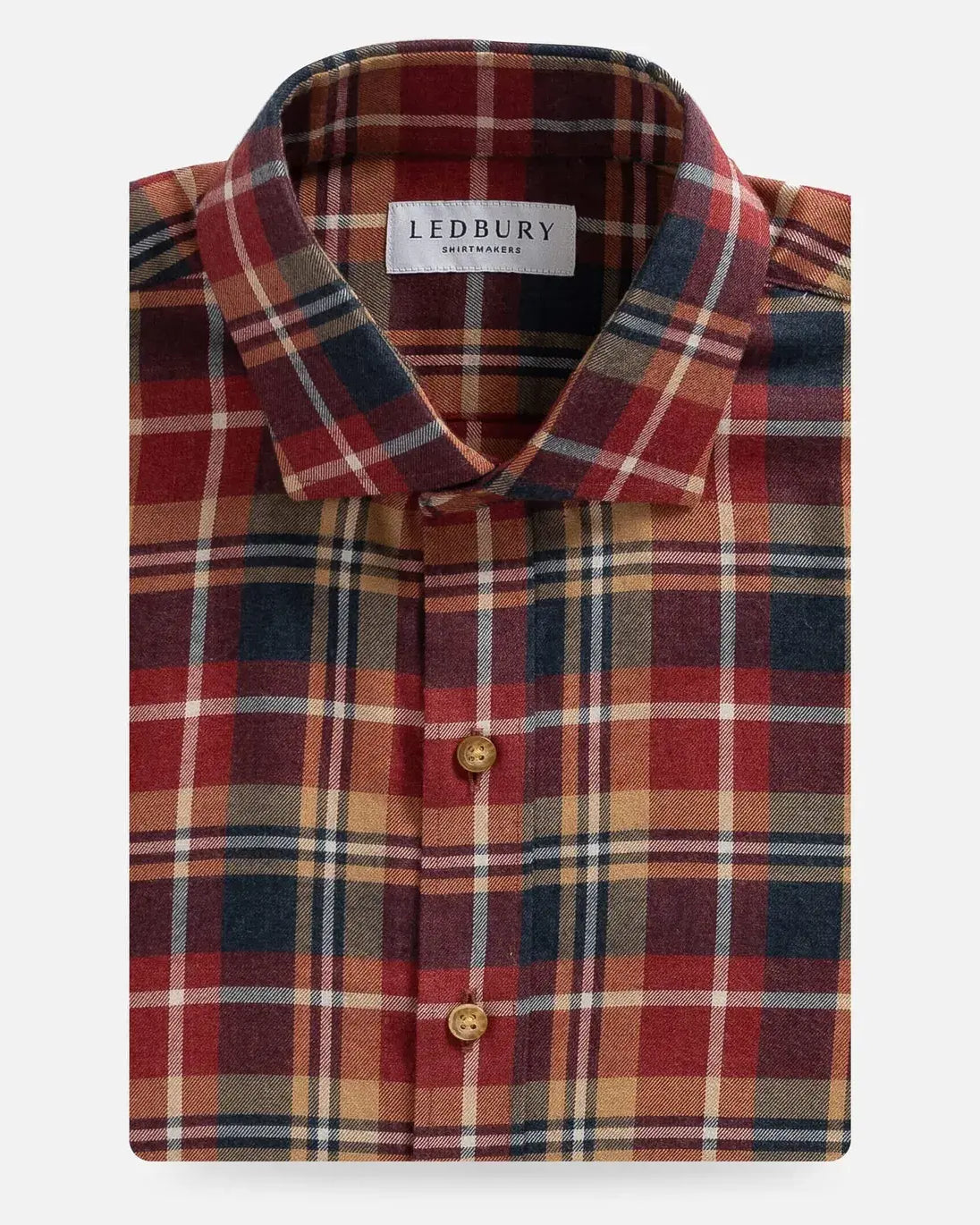

 Today is Mardi Gras. With the festivities in full swing, we took a look at this unique event, its historical context and cultural significance. In the United States, New Orleans is Mardi Gras. There are big celebrations all over, but the main event happens in Louisiana, and it’s well-documented that our co-founder and COO Paul Watson calls the Crescent City his hometown. So we feel that we have the inside track on getting our heads around this well known but often misunderstood tradition. Watson assures us that Mardi Gras is more than just beads and bare skin, but a festive occasion that dates back to over a century with a rich history and many long standing traditions.
The origins of Mardi Gras can be traced to the spring festivals of Medieval Europe. The multiple-week-long celebration season, known as Carnival, was a period of merriment that culminated in the days before Ash Wednesday, which began the 40-day penance until Easter Sunday. This penance was known as Lent, and because the consumption of meat, eggs, milk and cheese was prohibited during this time, practitioners would indulge on all the food that remained in their homes before Ash Wednesday. In France, this became known as Mardi Gras, or Fat Tuesday.
When the French began to establish colonies in the New World during the 17th century, they brought many of their traditions to North America, including the celebration of Mardi Gras. The first Mardi Gras celebration in Louisiana is believed to have been held just south of New Orleans in 1699. From its humble beginnings, the masked balls, street parties and lavish dinners that we associate with Mardi Gras today quickly became established throughout the decades that followed shortly after.
Perhaps the most defining structural element of the New Orleans Mardi Gras celebration are the krewes. Krewes are organizations that create and uphold the traditions of Mardi Gras, put on parades and set the tone for the Carnival’s overall atmosphere. Historically, krewe memberships were based on New Orleans’ social hierarchy and were closed to the public, but in 1992 a city council ordinance was passed to make them more inclusive. Mistick Krewe of Comus was established in 1857 as the first krewe and began the tradition of presenting a themed parade with floats and costumed maskers. The Zulu Social Aid and Pleasure Club was established as an African American Krewe in 1909 and was the first Krewe to host a celebrity king of the parade, Louis Armstrong, in 1949. Other famous krewes include Rex, Bacchus, and the Knights of Momus.
Today is Mardi Gras. With the festivities in full swing, we took a look at this unique event, its historical context and cultural significance. In the United States, New Orleans is Mardi Gras. There are big celebrations all over, but the main event happens in Louisiana, and it’s well-documented that our co-founder and COO Paul Watson calls the Crescent City his hometown. So we feel that we have the inside track on getting our heads around this well known but often misunderstood tradition. Watson assures us that Mardi Gras is more than just beads and bare skin, but a festive occasion that dates back to over a century with a rich history and many long standing traditions.
The origins of Mardi Gras can be traced to the spring festivals of Medieval Europe. The multiple-week-long celebration season, known as Carnival, was a period of merriment that culminated in the days before Ash Wednesday, which began the 40-day penance until Easter Sunday. This penance was known as Lent, and because the consumption of meat, eggs, milk and cheese was prohibited during this time, practitioners would indulge on all the food that remained in their homes before Ash Wednesday. In France, this became known as Mardi Gras, or Fat Tuesday.
When the French began to establish colonies in the New World during the 17th century, they brought many of their traditions to North America, including the celebration of Mardi Gras. The first Mardi Gras celebration in Louisiana is believed to have been held just south of New Orleans in 1699. From its humble beginnings, the masked balls, street parties and lavish dinners that we associate with Mardi Gras today quickly became established throughout the decades that followed shortly after.
Perhaps the most defining structural element of the New Orleans Mardi Gras celebration are the krewes. Krewes are organizations that create and uphold the traditions of Mardi Gras, put on parades and set the tone for the Carnival’s overall atmosphere. Historically, krewe memberships were based on New Orleans’ social hierarchy and were closed to the public, but in 1992 a city council ordinance was passed to make them more inclusive. Mistick Krewe of Comus was established in 1857 as the first krewe and began the tradition of presenting a themed parade with floats and costumed maskers. The Zulu Social Aid and Pleasure Club was established as an African American Krewe in 1909 and was the first Krewe to host a celebrity king of the parade, Louis Armstrong, in 1949. Other famous krewes include Rex, Bacchus, and the Knights of Momus.
Another great way to learn about the Mardi Gras tradition is to spend some time with its musicians. Probably one of the most tremendous gifts that New Orleans has given the rest of the country is its music. You can’t go anywhere during the Carnival season without hearing a horn section. Refined, loose, funky, and intelligent, New Orleans music is a distinct and powerful genre. Nothing else sounds like it.
The economics of the festival are just as intriguing. Each year, close to one million people visit New Orleans to celebrate Mardi Gras. From music and food to design, the event has defined the city. Since Mardi Gras is free to attend, it’s difficult to directly measure the celebration’s economic impact on the city, but estimates suggest that it generates around half a billion dollars a year. These numbers include revenue from lodging, food and beverage sales, money spent by krewes to create their elaborate parade floats, and purchases within the 12-day festival season.
There’s no other place in the world quite like New Orleans and, for a few days every year, a single event fully captures the energy of the entire city. New Orleans is an incredible city and the Mardi Gras celebrations spotlight all of its strengths — music, culture, cuisine and great people — that it would take more than a hurricane to stop.
So on that note,











